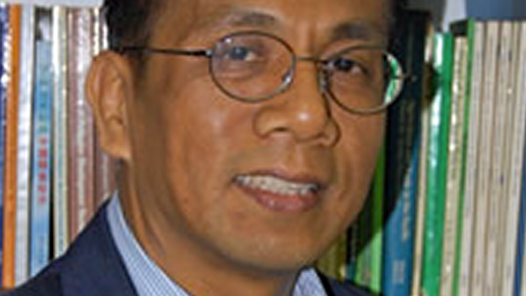SUMMARY
This is AI generated summarization, which may have errors. For context, always refer to the full article.

MANILA, Philippines – The Philippine economy will still grow by 5% to 6% in the 3rd and 4th quarters, despite the National Statistical Coordination Board (NSCB) estimates that growth will likely slow in the last two quarters of 2012.
Socio-economic Planning Secretary Arsenio Balisacan told reporters on Tuesday, October 30, that until he sees the actual figures, he will not completely take the NSCB Leading Economic Indicator (LEI) survey results as truth.
The NSCB, an attached agency of the National Economic and Development Authority (NEDA), said the projected slowdown in growth in the third quarter will continue in the last quarter of the year.
“You have to take this with a grain of salt. These are just based on surveys. In statistics, you have what we call standard error,” Balisacan explained.
“If you look at some of the past leading indicators (which are forward-looking), there were years when the leading indicators were positive, [but the actual growth wasn’t]. There were quarters [that leading indicators were] positive [but] the the actual was] negative,” he added.
Economic surprises?
Balisacan said there will be “economic surprises” in the second half of the year that could prop up growth. These surprises could include exports, which has been posting growth but had been contracting in previous months.
He explained that the country’s Gross Domestic Product (GDP) only takes into account net exports — the difference between exports and imports.
The factors that will have higher impact to economic growth are investments, household consumption, and government consumption. These are all added together with net exports to come up with GDP.
“Growth will definitely (be) within the [target] band [of 5% to 6%]. I think there’s a high probability because remittances are still robust and inflation is very low,” Balisacan said.
Growth targets
The Philippine economy, as measured by gross domestic product (GDP) grew by 6.1% in the first half of the year, faster than last year’s 4.2% growth.
The economy grew by 6.3% in the first quarter of the year but growth eased to 5.9% in the second quarter.
Based on the latest projections by the interagency Development Budget Coordination Committee (DBCC), the Philippine economy is projected to grow by:
- 6% to 7% in 2013
- 6.5% to 7.5% in 2014
- 7% to 8% in 2015
- 7.5% to 8.5% in 2016
Balisacan has said that the country needs to develop its own industries for economic growth to hit the 7% to 8% range.
Slower Q4 growth
The NSCB’s LEI showed slower growth is expected in the 4th quarter due to lower visitor arrivals and hotel occupancy rate; higher wholesale price; lower number of new businesses; lower electric energy consumption; lower money supply; and slower total merchandise imports growth.
Data showed that these negative contributors accounted for 84.6% the LEI for the quarter. The NSCB said this was significantly higher than the combined share of positive contributors for this quarter accounted for 15.4% of the total.
The positive contributors to the LEI incuded better terms of trade index; lower inflation; higher foreign exchange rate; and higher stock price index.
The LEI examines the cycles of many economic data series are related to the cycles of total business activity. These expand in general when business is growing and contract when business is shrinking.
The LEI was developed jointly by the NSCB and the NEDA to serve as basis for short-term forecasting of the macroeconomic activity in the country. – Rappler.com
Add a comment
How does this make you feel?
There are no comments yet. Add your comment to start the conversation.